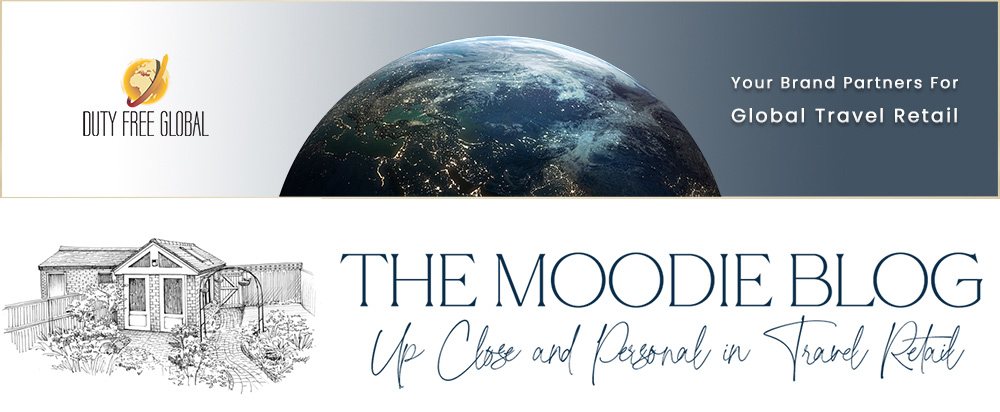Latest posts by Martin Moodie (see all)
The annual Gebr Heinemann press day has become one of the highlights of my industry calendar. It is a rare, in fact unique, opportunity to sit down and talk with the owners and senior management of one of the sector’s top players. No rival does anything even vaguely similar.

It’s interesting as I wrote last week in the immediate aftermath of the event that such an event is held at all. Here’s a company that historically played its cards closer to its corporate chest than the sharpest Las Vegas poker player. One that long avoided any public branding in an effort to be seen simply as a generic (though very good) retail adjunct to its airport clients.
Now I’m not saying that the company revealed all its inner secrets; it didn’t. Profit, for example, is kept a closely guarded secret and certain elements of the strategy are held back for obvious reasons. But top-line revenues across all divisions and main retail locations were unveiled. Key issues, challenges, opportunities and strategic priorities (digital, cruiselines, Asia) were discussed openly and thoughtfully.

What a refreshing treat. But the day is more than simply about information. What you get from sitting down with the owners and management during the press conference and the lengthy lunch that follows is a sense of what ‘being Heinemann’ is about.
I talked with Executive Director Purchasing, Fulfilment & Logistics Kay Spanger, a long-time board member about this very subject. Kay has always been to me one of the most insightful individuals in our industry. You won’t see him on many conference stages (more’s the pity, come on Kay I need you at Trinity…) but he wields tremendous inter-industry and inter-company influence. He tells it like it is. And like he thinks it should be. He challenges the industry, he challenges his own company, he challenges himself. When I asked Kay in the context of Heinemann’s call for newness in the assortment if his buyers are prepared to give smaller and/or non-established brands a fair shake, he insisted the answer was yes.

Listen to this. “The corridor is quite wide between the classic consumer and the younger generation, so we need brands that are not yet in our market, as well as established names. We have to be far more open to developing new ways of showing products in the stores. We also need more trials – which means more risks – but hopefully better results.” Kay told me that every time one of his buyers attends a ‘domestic’ show, for example Prowein, he or she is told to ensure they list at least one new product.
‘Being Heinemann’ is about respecting the status quo but also challenging it. It’s about honouring history (five generations and 139 years of it) but also writing new chapters. It’s about modesty in persona and eschewing showiness while remaining unrelentingly focused on business success – but success achieved in the right way.
The company encourages many different voices and talents but certain things are mandatory to ‘being Heinemann’. Company loyalty, personal integrity, discretion, capability. Not a bad place to start. You sense inter-company politics and back-biting wouldn’t get a look in here. The greater good wins out every time. If you don’t buy into ‘being Heinemann’ or getting what it means then you probably don’t belong.
I’ll close with the words that Claus Heinemann chose to express the company’s collective persona in a changing and troubled world, “We may not be able to influence global politics but what we can do is set a counterpoint by making our own principles as maxims for how we do business, pursuing our objectives with humanity, cordiality, openness and a healthy dose of humour, also showing optimism.”
In a nutshell, being Heinemann.


